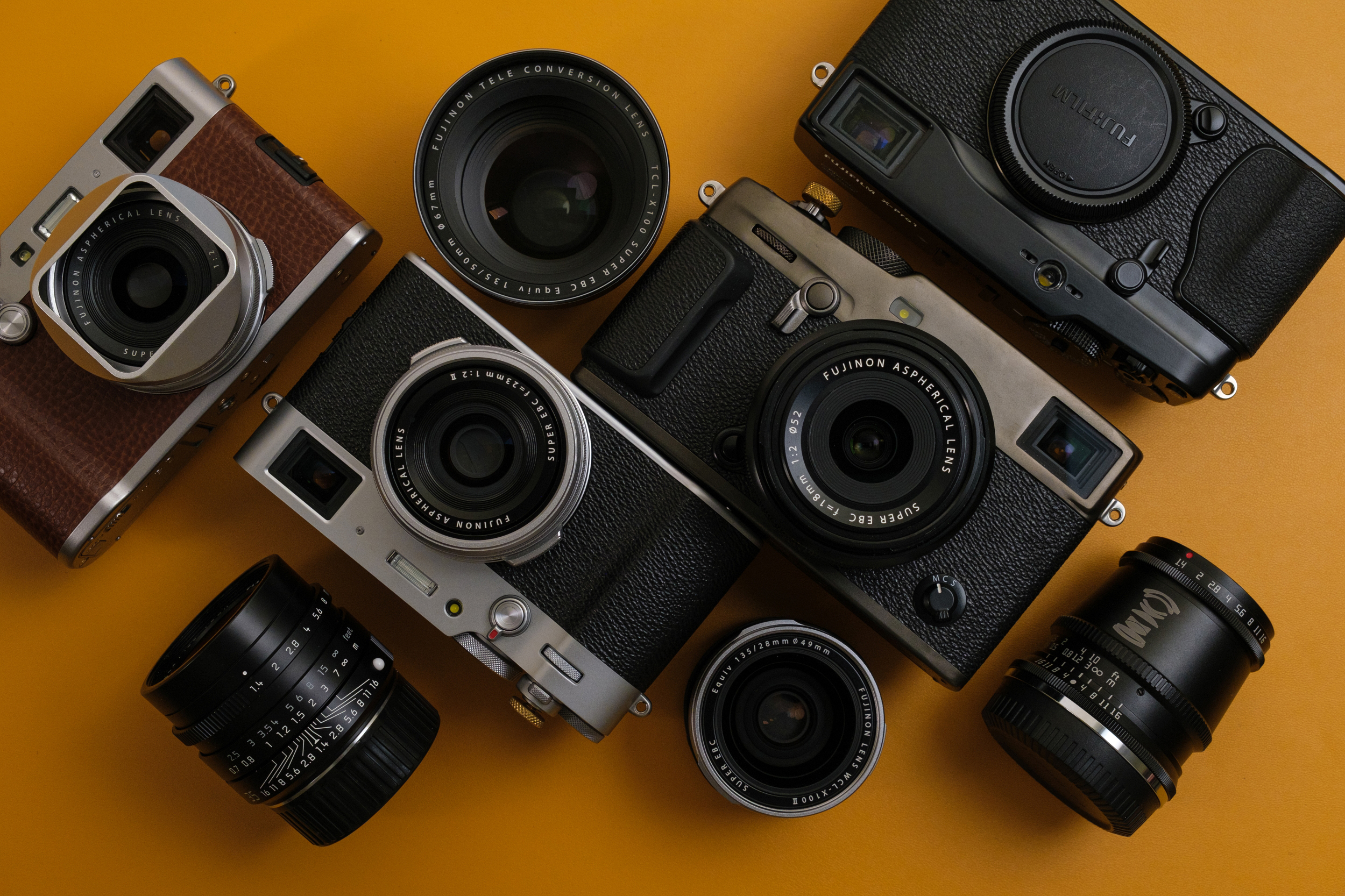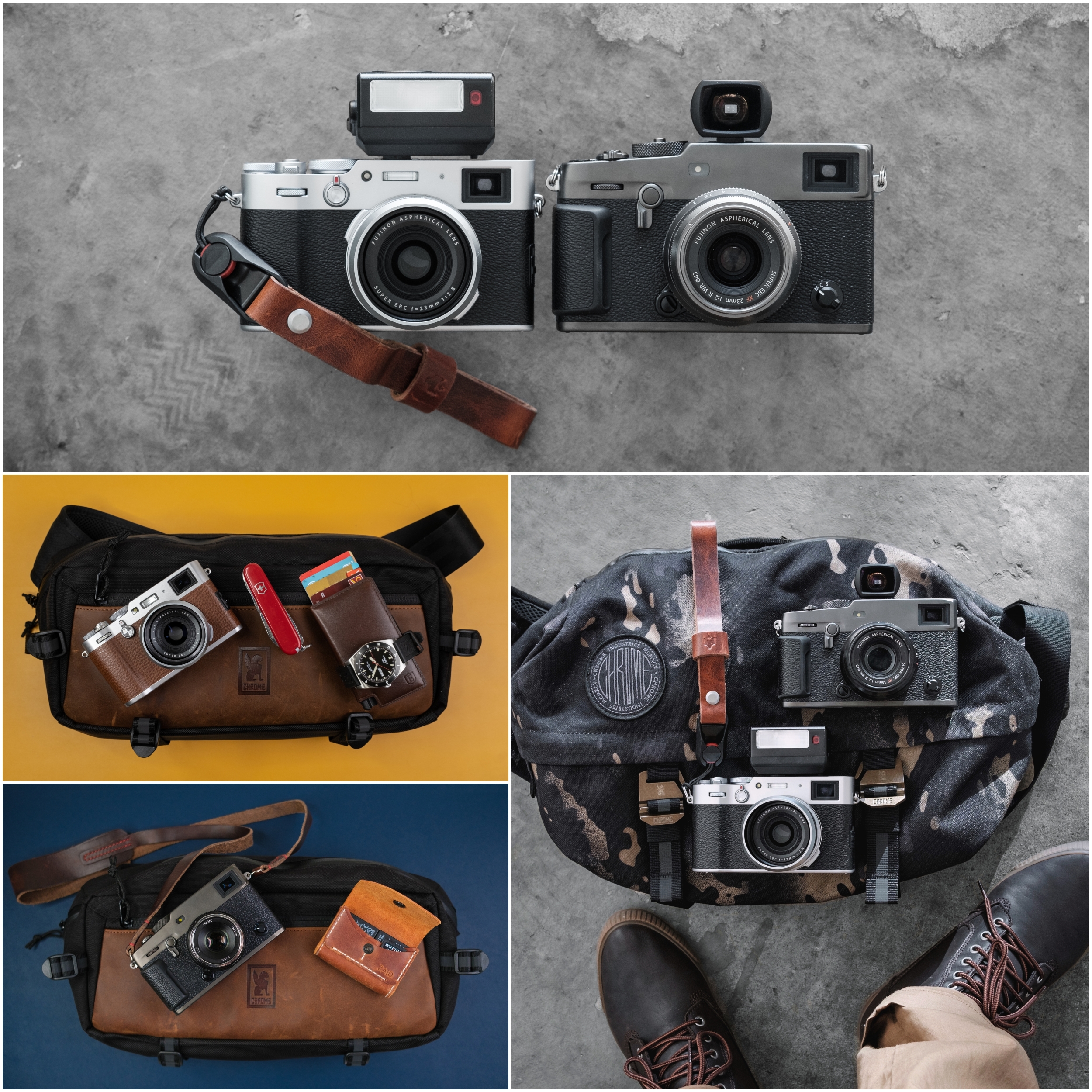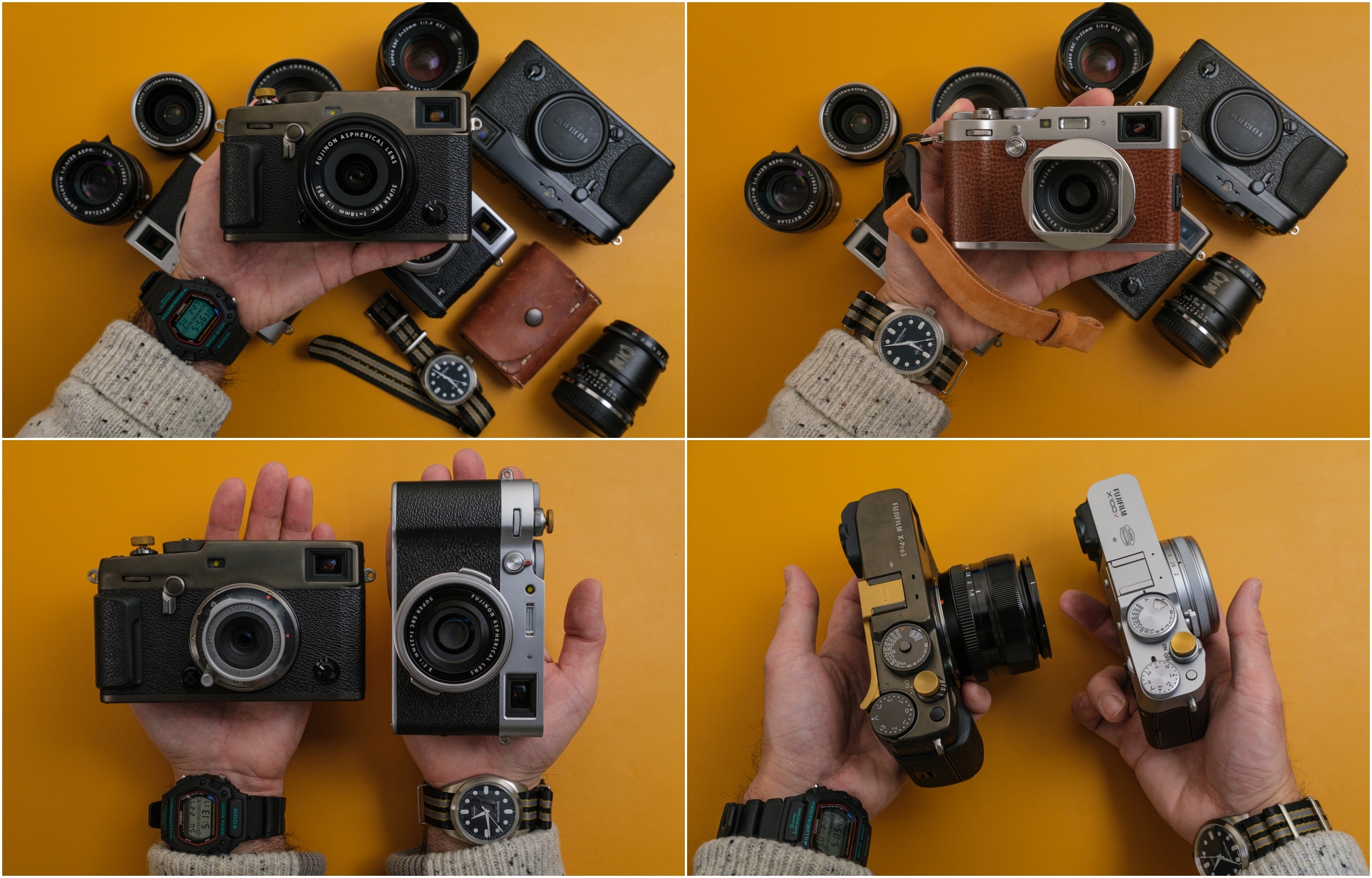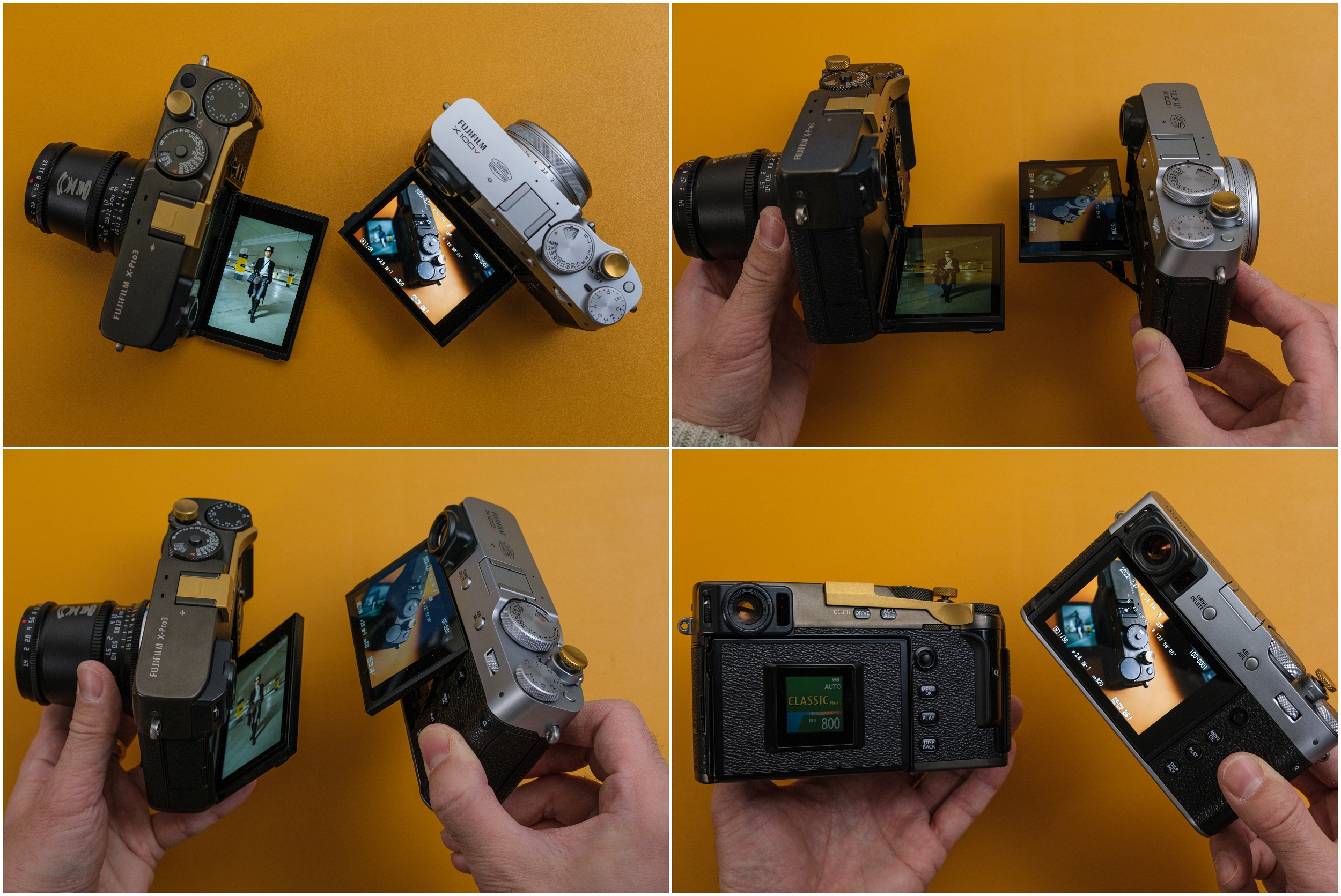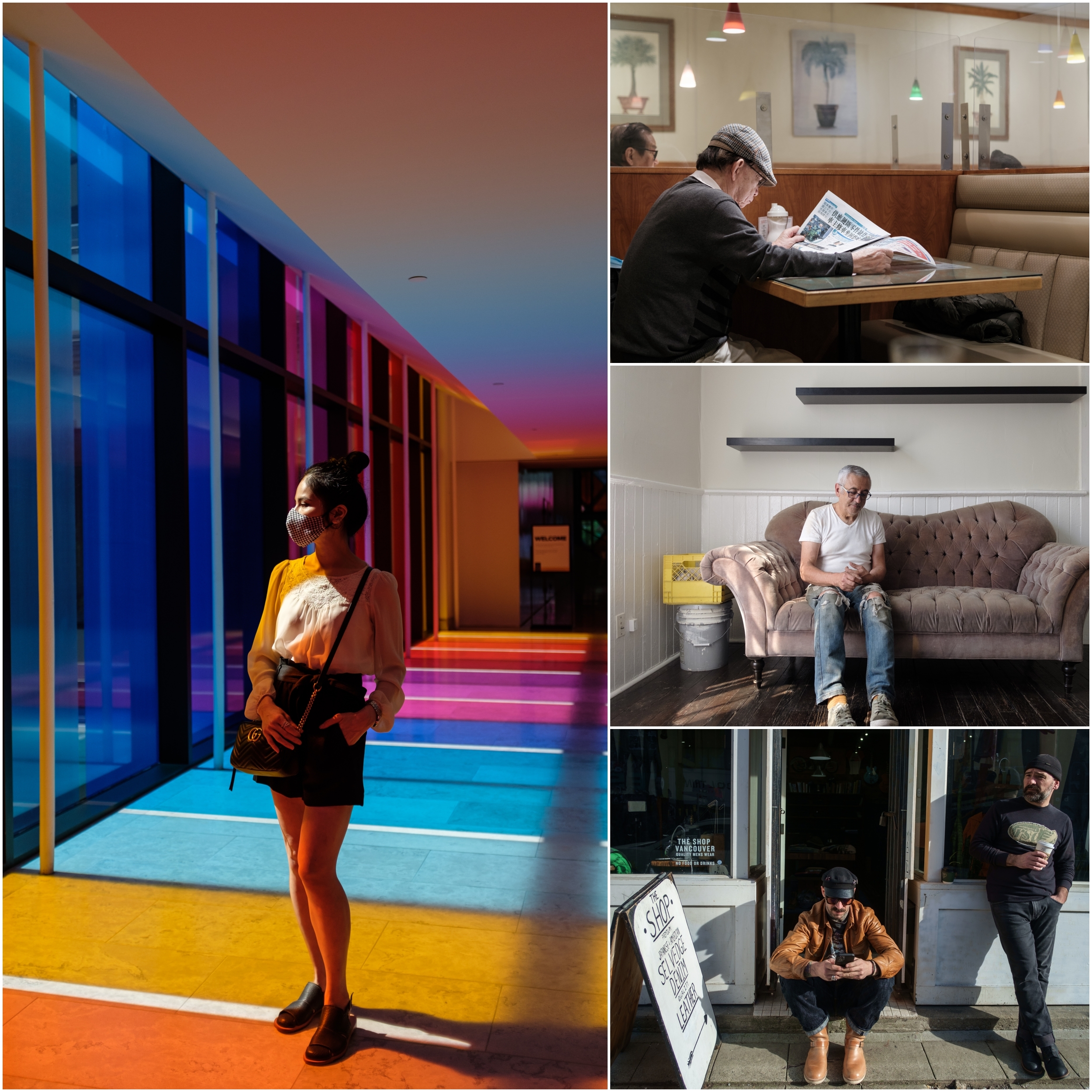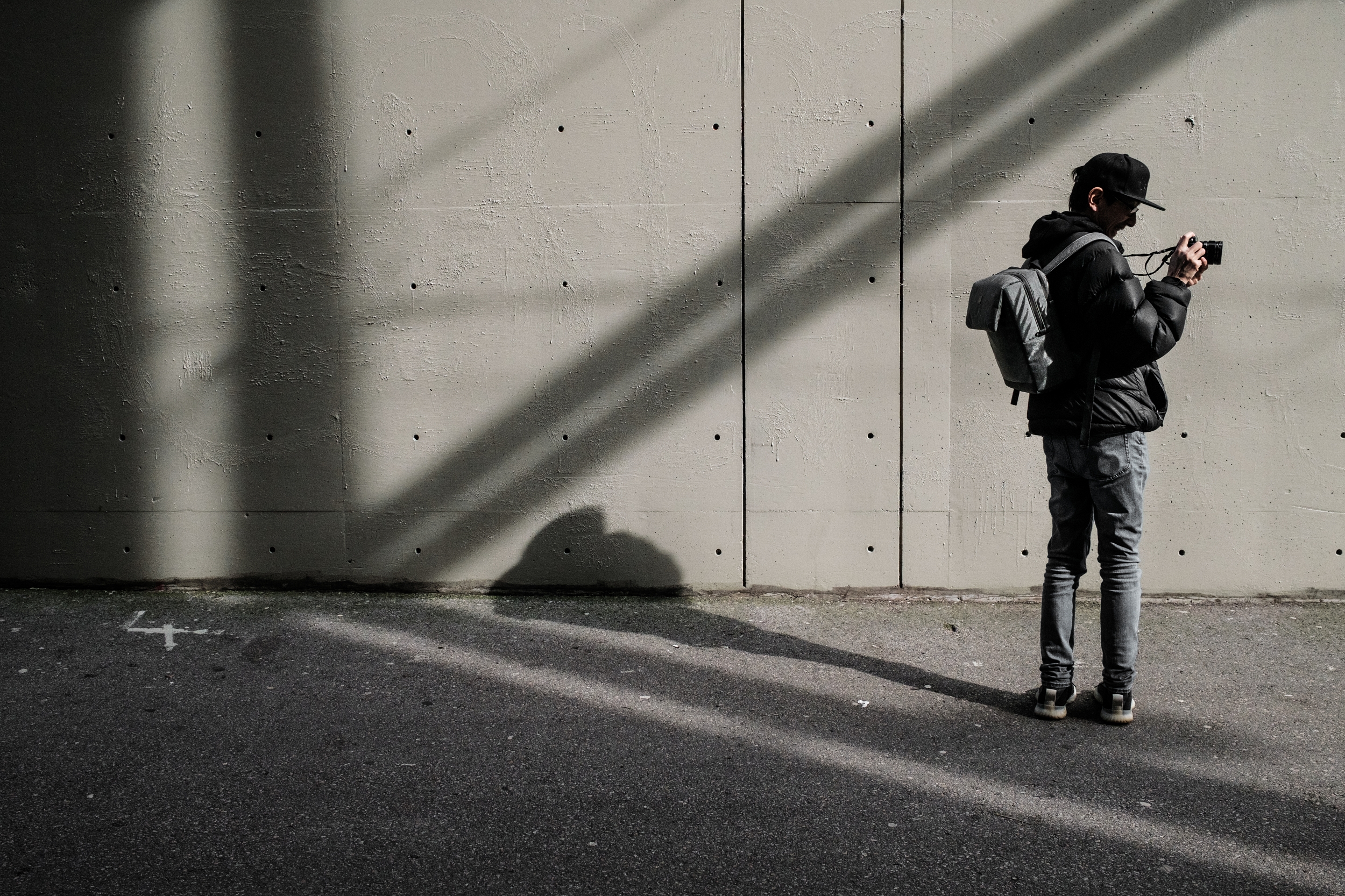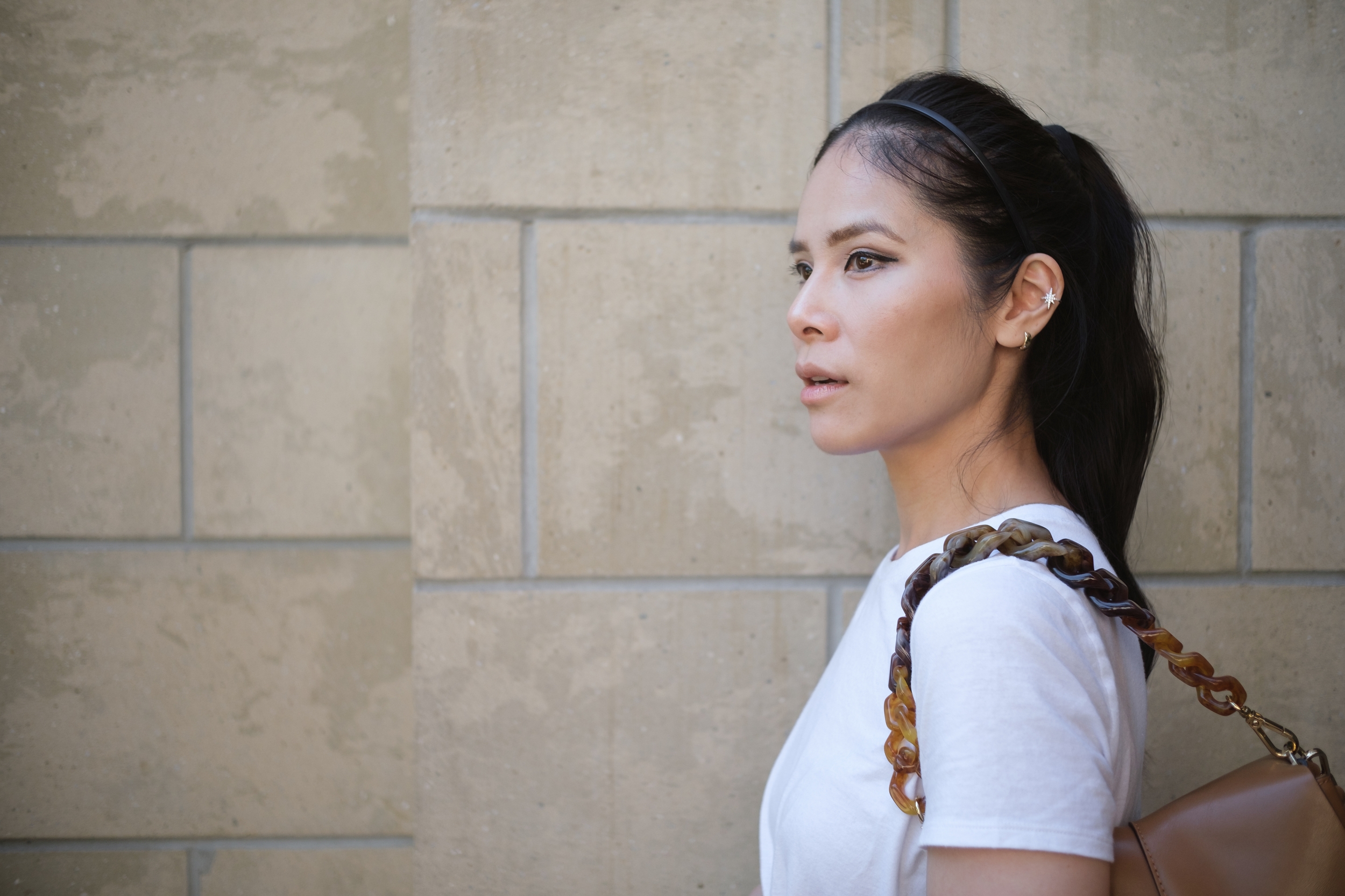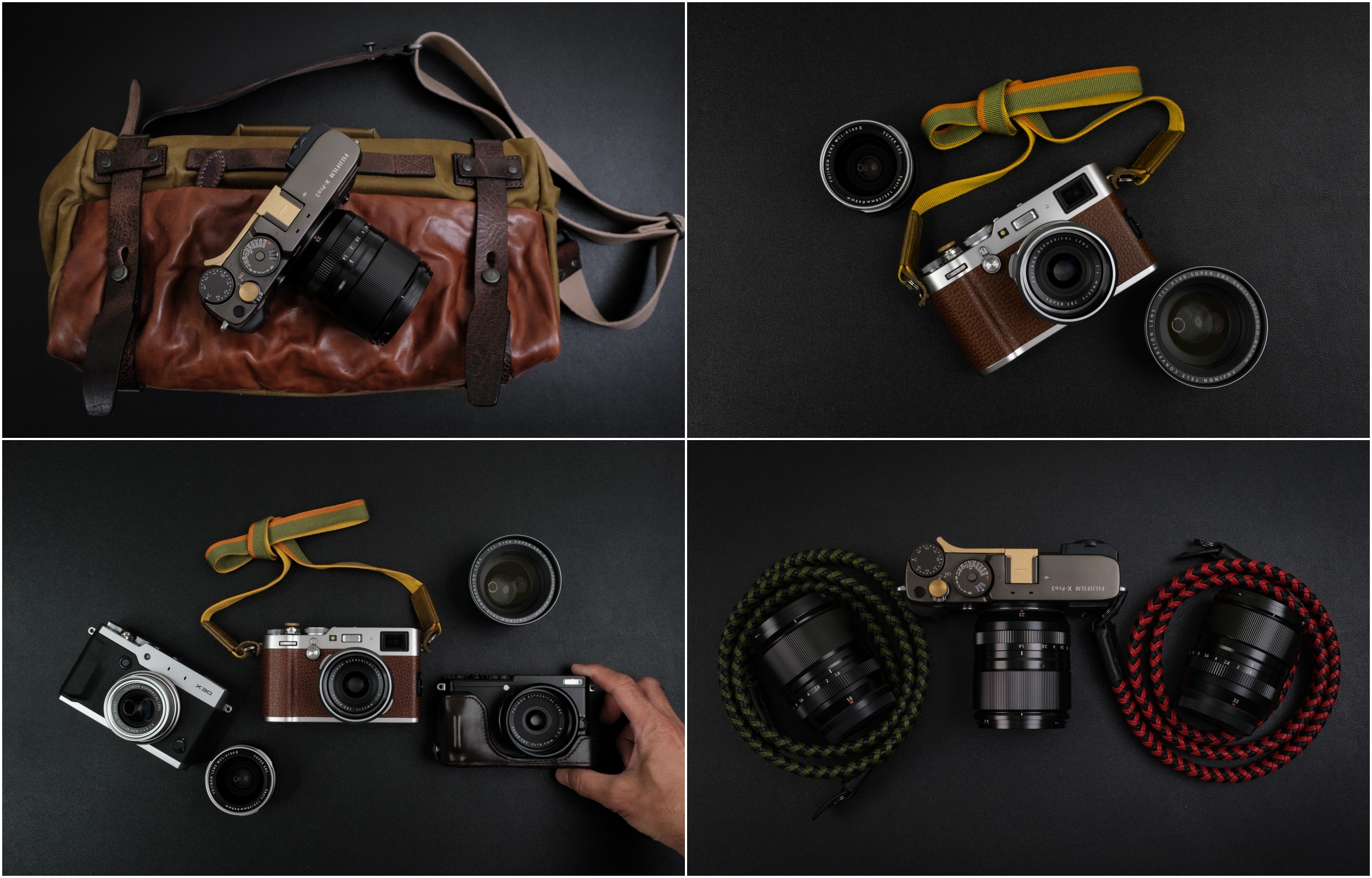How important is design when it comes to cameras? For Fujifilm, it’s very important. As a result, Fujifilm wins a plethora of global awards for their product designs, everything from their digital cameras, product packaging and their medical devices. As an example, in 2021 Fujifilm products won a record 34 Good Design Awards, achieving the most awards for three consecutive years. It’s no surprise then that Fujifilm has a special design department with its own General Manager and website. I recommend checking out their prototype INSTAX “Studs”. It’s very cool. Some may argue, then, that Fujifilm puts too much emphasis on aesthetics and not enough on functionality. That’s just silly. The relationship between form and function should be symbiotic, where the function of any design feature should be both functionally useful and aesthetically pleasing. Moreover, Fujifilm cameras are both beautiful and functional.
For years, Fujifilm has been playing a balancing act between form and function, but I would argue that both the X100 and X-Pro series are their best designed products. These two cameras have Leica-like aesthetic sensibilities, while still pushing technological innovations. In a sea of lookalike mirrorless cameras, the X100 and X-Pro’s designs can easily hold their own against the likes of Leica’s M and Q series. In fact, photographers often make comparisons between these two brands and these two series of cameras, and for good reason. Leica and Fujifilm are both thoughtful and purposeful when it comes to their camera design. I’ve had the privilege of testing these cameras back-to-back and side-by-side for the past few years, and currently have the Fujifilm X-Pro3, X100V, Leica M11, and Leica Q2 for review. All of these cameras are extremely capable photographic tools in the right hands and all share a similar yet different design language that speaks to my personal aesthetic sensibilities.
If I had to pick just two cameras that epitomize the spirit of the Fujifilm X Series, it would be the current X-Pro3 and the X100V. Yes, the X-T4 is a more feature-laden camera (full articulating screen, IBIS, larger battery, optional battery grip, etc.) but it doesn’t necessarily make it a better camera. On my days off or when I’m focused only on stills, it’s always my X-Pro3 that I grab when I head out the door. Although I don’t own the X100V, I do have the previous generation X100F and I love that camera as well. Both cameras are fantastic photographic tools that make me want to take them with me when I leave the house. This is one of the reasons why the X-Pro and X100 cameras are so great. They make you want to take pictures! In contrast, I don’t have the same connection with the X-T4 or X-H1, my other X Series bodies. Although both cameras are powerful photographic tools, I don’t always want them with me when I’m out and about. Moreover, the best camera is the one that’s always with you so for me, it’s the X-Pro3 when it comes to Fujifilm!
Ultimately it’s the form factor of my X-Pro3 and X100F that makes it so easy for me to slip into a non-camera bag or have it hanging off my neck when I’m out and about. However, when I need to go into serious photography mode, these cameras are ready to go. The biggest controversy with the current X-Pro3 is the reverse articulating screen. Admittedly, I was initially skeptical about the design but I held off judgment until I actually used it. I received an early review copy in the fall of 2019, and I took it with me on a trip to Toronto and Montreal in November and then to Hong Kong and Okinawa a month after that. After shooting with the X-Pro3 for a few months, I was sold on the camera, including the unique articulating screen. I always hated the non-centered LCD screen of the X-T4 when articulated, and appreciated how the closed LCD screen of the X-Pro3 served both a functional and aesthetic purpose. It takes courage to design a camera that breaks convention. I hope Fujifilm does not remove this feature on the next X-Pro camera.
The X100V has a more traditional articulating LCD screen, although Fujifilm also worked some engineering and design magic to make it work. The X100V is no thicker than the previous X100F with a fixed LCD screen in addition to having weather-sealing, which shows how far the engineers went to keep the compact form factor consistent with previous X100 cameras. In fact, even when they increased the battery size from the X100T to the X100F, the size remained basically the same. If you held the original X100 from 2011 and compared it with the latest X100V, it would basically feel the same in hand. The same goes for the original X-Pro1 versus the latest X-Pro3. The fundamental design philosophy has been consistent across the various generations while adding or improving features, which isn’t always an easy task to accomplish.
If you’ve been following my articles here on FujiLove Magazine, you know how often I use my X-Pro3 in my various projects. It’s my favourite X Mount camera body. In addition, I re-reviewed the original X-Pro1 from 2012 in my previous article and I did the same thing last summer with my X100F from 2017. Both times I thoroughly enjoyed the shooting experience, even though these cameras weren’t the latest and greatest from Fujifilm. Yes, the technology within these older cameras is solid, but the design and form factor also contribute to my enjoyment of the shooting experience. Like driving a finely crafted sports car, carrying around and shooting with either an X-Pro or X100 just makes me feel good while I’m taking pictures.
Some naysayers may ask if the form or design of a camera directly affects the final result of the image. It depends on the type of photographer you are, but my mood certainly affects my photography. A camera is an extension of my eyes so I need to see through the right tool that matches the way I see the world. From my perspective, both the form and function of a camera can directly affect the final result of an image. The right camera puts me into a photographic zone state, much like an athlete, where the mind is only allowed to process the thoughts and images necessary to complete the task at hand. However, because we all have different ergonomic, functional and aesthetic requirements for our gear, we’re not going to all choose the same camera.
This is why Fujifilm is one of the rare manufacturers that gives photographers the choice. The current lineup of X Series cameras (the X-T4, X-Pro3, X-T3, X100V, X-E4, X-S10 and X-T30) all share the exact same sensor and processor, potentially allowing the photographer to capture the exact same photo. However, due to the variety of form factors and features offered by each camera, we all have a choice on how we want to photograph. Fujifilm even offers multiple finishes to choose from, something that most manufacturers don’t offer, especially on their flagship cameras. The X-Pro3 is extra special because Fujifilm decided to give it an exotic yet functional titanium top and bottom plate with three finish options. I hope Fujifilm expands the use of titanium to the X100 series for the next generation.
In conclusion, the Fujifilm X-Pro and X100 series are modern design masterpieces. Not only are they beautiful to look at and hold, but they are also functional photographic tools. For instance, no other camera offers a hybrid electronic and optical viewfinder, allowing the photographer to choose how they want to see. Both cameras have a functional rangefinder-like design that allows photographers to capture images similar to cameras from 70 years ago, while having all the modern conveniences of a digital camera. Yes both the X-Pro3 and X100V are deceivingly simple to look at, they’re pretty, yet they are also powerful cameras. To be fair, the other X Series and GFX cameras have similar design DNA. I’m a huge fan of the design and ergonomics of the X-E3, X-T3 and the original GFX 50S. However, the X100 and X-Pro series are the original design templates on which all the other cameras are based. They are the OG and they are masterpieces. Thanks for reading and happy shooting!

